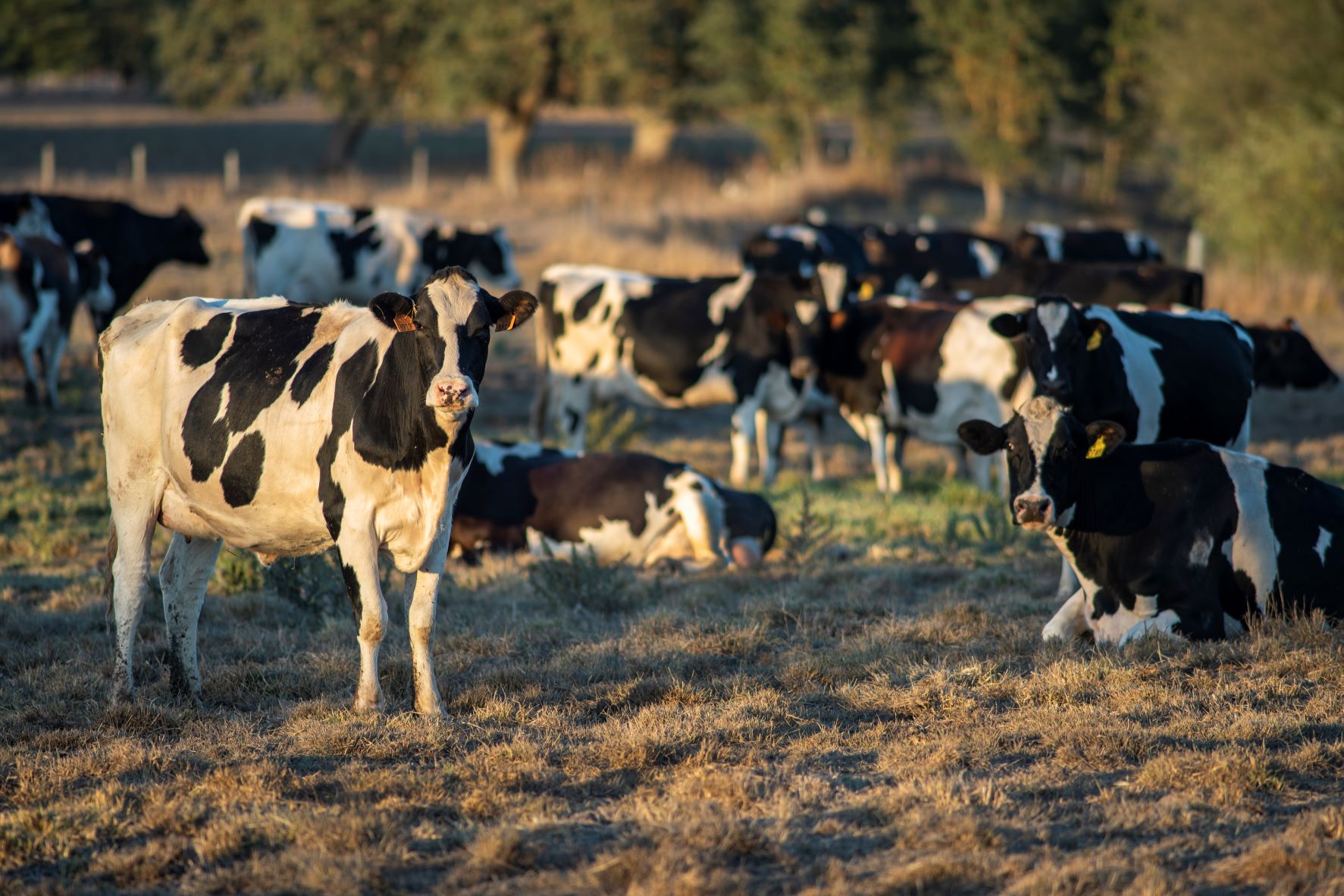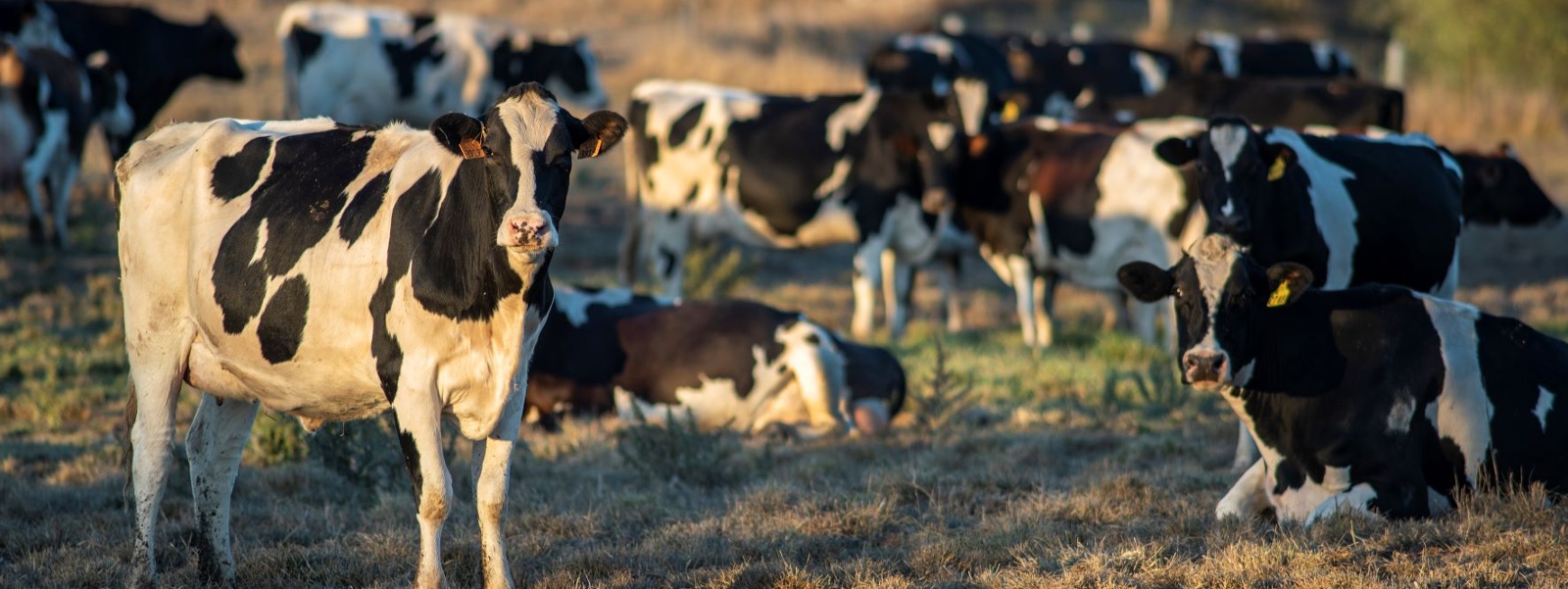Commentary: America's top dairy state nears a sustainable future

Photo/Paolo Vescia


By Amy DeLisio
Consumers, customers and policymakers are more invested than ever in creating a healthier planet. California farmers and ranchers have made significant progress toward environmental stewardship, enhancing agriculture’s numerous contributions to people, communities and the planet.
In California—the top dairy-producing state in the country—the dairy industry, like other livestock sectors, is highly scrutinized. Even so, the Journal of Dairy Science reports environmental impact and resource use have improved per unit of product. In addition, a University of California, Davis, report concludes the dairy industry is on target to achieve its commitment to a 40% decrease in greenhouse gas emissions by 2030. The report also predicts California dairy farms will reach climate neutrality by then. These successes are not by accident.
The California dairy community is using energy-efficient lighting, cooling and pumping methods and solar energy, as well as investing in anaerobic digesters to capture and convert methane in manure to biogas for clean energy. Additionally, dairy farms have decreased water usage by 88% during the last 50 years by recycling water on the farm and repurposing agricultural byproducts such as almond hulls into cow feed rations.
At the same time, milk production has increased in the Golden State by more than 500% since the 1960s. Farmers and ranchers across agricultural sectors are making similar strides toward improving their environmental stewardship.
California dairies are leaders in monitoring, managing and protecting groundwater resources, operating under stringent water quality regulations and investing millions to improve protection of shared water resources. New programs are using cow manure to improve soil quality across the state’s diverse agricultural sectors.
Increasingly, retail, food service and even direct-to-consumer customers are looking at these sustainability metrics carefully. But sustainability is about so much more than planetary health. The Dairy Council of California advocates for dairy and other foods to be viewed through a holistic lens of sustainable nutrition, which is a way to support the health of people and communities while also protecting the planet and natural resources. The Food and Agriculture Organization of the United Nations and the World Health Organization already use this broader lens to talk about healthy, sustainable diets.
In a joint 2019 report, “Sustainable Healthy Diets, Guiding Principles,” the international bodies advocated for nutritious diets “to achieve optimal growth and development of all individuals and support functioning and physical, mental and social wellbeing at all life stages for present and future generations.” Those diets, they said, should also “support the preservation of biodiversity and planetary health.”
California is home to more than 400 commodities, with more than a third of the country’s vegetables and three-quarters of the country’s fruits and nuts. These vegetables, fruits and other healthy farm products are exactly the types of foods that are often underconsumed. In fact, adults and children in the U.S. are not meeting the daily recommended amounts of vegetables and fruits. Likewise, most American adults and children are not consuming the recommended number of dairy foods, including milk, yogurt and cheese, each day.
Dairy foods are affordable, nutrient-dense foods that provide multiple health benefits, including optimal growth and development in children and reduced risk of developing chronic diseases, such as Type 2 diabetes and heart disease, into adulthood. With chronic diseases at an all-time high, healthy foods can be part of the solution to fostering healthier children, families and communities.
High-quality diets that include nutrient-dense foods such as dairy, vegetables, fruits and whole grains are an essential part of ensuring children are supported to grow more healthy, learn optimally and develop social-emotional well-being throughout life.
Food systems should not only ensure the health and well-being of children and their families and the communities where they live but also protect the health of the planet for future generations. The agricultural community can more effectively advance this perspective by working together to protect the health of people and the planet.
The close eye on environmental sustainability isn’t going away. In the dairy sector, like most farming sectors, focus will remain on continually improving the environmental footprint because it is the right thing to do. Continuing to do good work in this area and sharing stories of innovation and stewardship is vital. At the same time, the agricultural community can work together to expand the definition of sustainability to include considerations for both people and planet for optimal health. Health and nutrition simply can’t be left out of the dialogue to support thriving communities.
Visit HealthyEating.org to learn how the Dairy Council of California is collaborating with others to inspire healthier communities.
(Amy DeLisio is chief executive officer of the Dairy Council of California. She may be contacted at adelisio@dairycouncilofca.org.)




